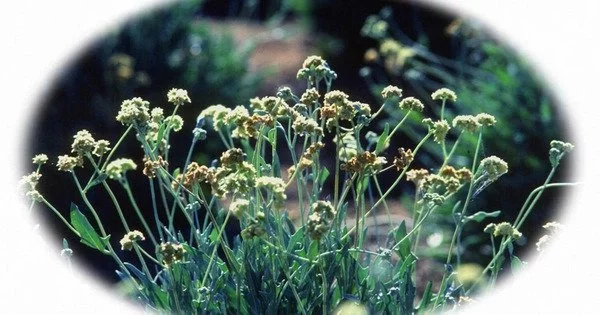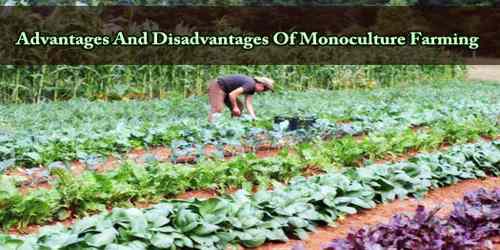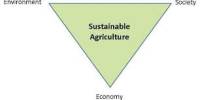A nonfood crop, often known as an industrial crop, is one that is planted to produce commodities for manufacture rather than food for consumption. These are plants grown primarily for uses other than human eating. These crops are grown to suit a variety of industrial, commercial, and non-food requirements. Nonfood crops are important in many industries, including agriculture, manufacturing, and energy generation.
Purpose
Industrial crops is a term used to describe a business that aims to increase farm sector income while also providing economic development opportunities in rural areas. Industrial crops also seek to provide products that can be utilized to replace imports from other countries.
Here are some common examples of nonfood crops:
- Fiber Crops: These crops are grown for their fibers, which are used in textiles, paper production, and other industrial applications. Examples include cotton, flax, jute, and hemp.
- Oilseed Crops: These crops are cultivated for the extraction of oils used in cooking, biodiesel production, and industrial applications. Common oilseed crops include soybeans, canola (rapeseed), sunflowers, and oil palm.
- Bioenergy Crops: Some plants are grown specifically for their ability to produce biofuels, such as ethanol and biodiesel. Corn, sugarcane, and switchgrass are examples of bioenergy crops.
- Fiber-Reinforcing Plants: Certain plants, like kenaf and sisal, are grown for their strong fibers, which are used to reinforce materials like plastics and composites.
- Medicinal and Aromatic Plants: These crops are cultivated for their medicinal properties or aromatic qualities. Examples include lavender, eucalyptus, and various herbs used in traditional medicine.
- Ornamental Plants: Flowers, shrubs, and trees grown for their aesthetic value in landscaping and gardening are also considered nonfood crops.
- Rubber Plants: Rubber trees are grown for latex production, which is used in the manufacturing of various rubber products, including tires, gloves, and footwear.
- Tobacco: While tobacco can be smoked and chewed, it is not a food crop and is farmed primarily for the manufacture of cigarettes, cigars, and tobacco products.
- Pharmaceutical Crops: Some plants are used to make pharmaceuticals and medicines in the pharmaceutical business. The opium poppy, for example, is used to manufacture opioids such as morphine and codeine.
Nonfood crops contribute to agricultural diversification and supply raw materials for a wide range of industries, reducing reliance on food crops for non-food purposes. When cultivated in rotation with food crops, they can also have environmental benefits such as enhancing soil health and lowering the need for chemical inputs.
















